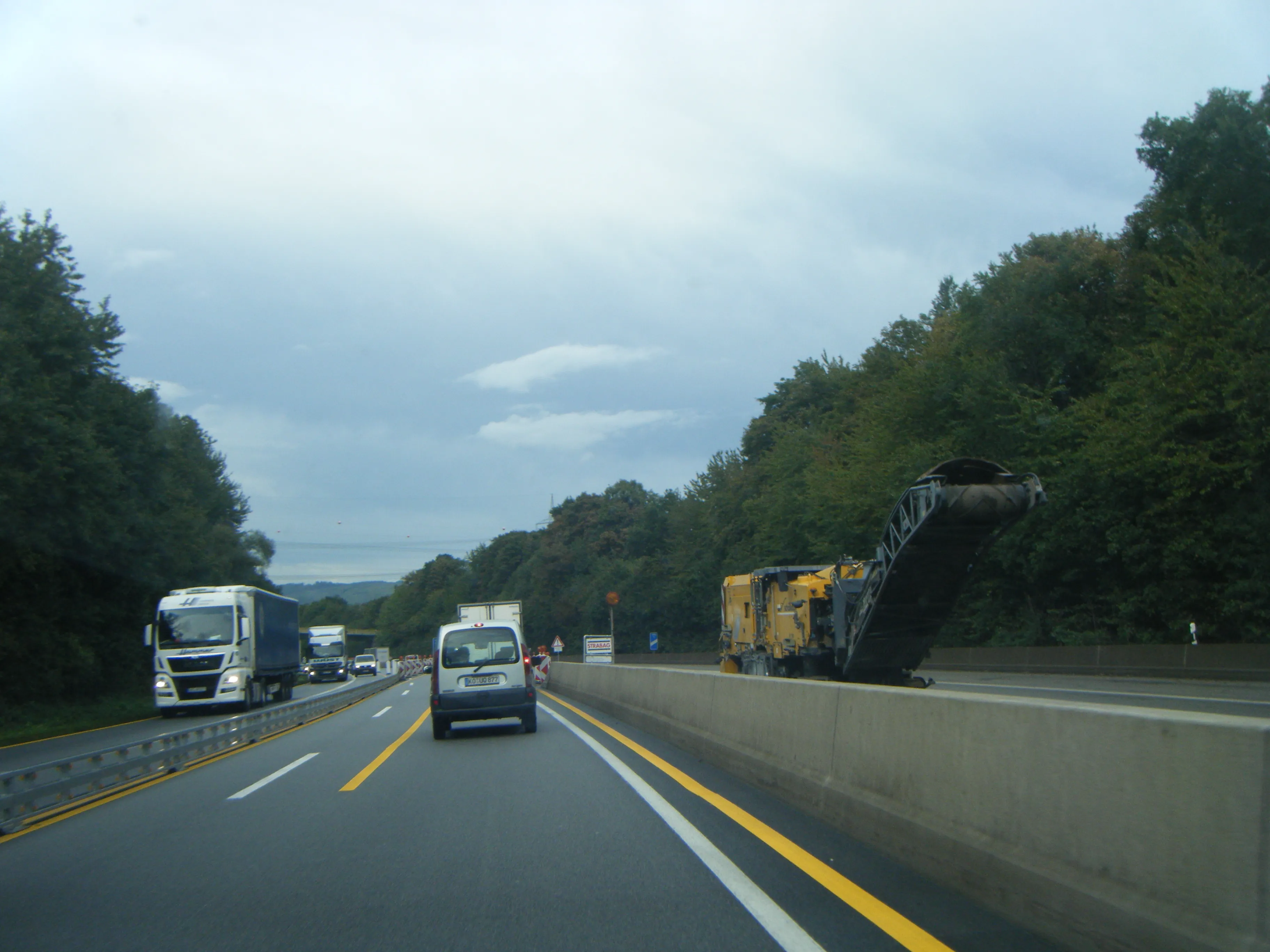German manufacturers of construction equipment achieved a turnover of €9.3 billion in 2016, a 3% rise compared to 2015.
The increase was despite a global sales dip of 1% and in 2017, German manufacturers again expect another 3% increase in sales.
The German market was a big driver for sales, posting a 20% increase on 2015 to reach around €3 billion, according to the VDMA, the German Engineering Federation.
“In view of this high level, a further growth seems hardly possible, even if our customers co
March 16, 2017
Read time: 2 mins
German manufacturers of construction equipment achieved a turnover of €9.3 billion in 2016, a 3% rise compared to 2015.
The increase was despite a global sales dip of 1% and in 2017, German manufacturers again expect another 3% increase in sales.
The German market was a big driver for sales, posting a 20% increase on 2015 to reach around €3 billion, according to the1331 VDMA, the German Engineering Federation.
“In view of this high level, a further growth seems hardly possible, even if our customers continue to make good business in Germany,” says Johann Sailer, chairman of the Construction Equipment and Building Material Machinery Industry Association within VDMA.
Compared to the previous year, the European market rose by 8%. Next to Germany, France was the second growth driver. Declines were recorded only in the UK and in central eastern Europe. Northern and western Europe are supposed to remain also stable in 2017. The industry expects southern Europe to modestly recover even further. Thus, sales figures of construction equipment in Europe will not see any significant changes in 2017.
The industry saw a slight double-digit sales decline in North America compared to 2015. Companies expect the market to become more stable this year. US president Trump’s infrastructure programmes and investments are expected to stimulate the demand in the construction industry as a whole. No market improvements can be reported for Latin America. On the average, markets in the region were dragged down by the weakness of the Brazilian construction industry.
Asia is showing good impulses. After four years of decline, China has seen another return to growth in 2016. The Indian construction equipment market increased by 30%, powered by strong investments in road construction - a trend expected to continue. South East Asia to should show positive signs, especially Indonesia and Myanmar. In the Middle East a substantial turnaround is not expected.
The increase was despite a global sales dip of 1% and in 2017, German manufacturers again expect another 3% increase in sales.
The German market was a big driver for sales, posting a 20% increase on 2015 to reach around €3 billion, according to the
“In view of this high level, a further growth seems hardly possible, even if our customers continue to make good business in Germany,” says Johann Sailer, chairman of the Construction Equipment and Building Material Machinery Industry Association within VDMA.
Compared to the previous year, the European market rose by 8%. Next to Germany, France was the second growth driver. Declines were recorded only in the UK and in central eastern Europe. Northern and western Europe are supposed to remain also stable in 2017. The industry expects southern Europe to modestly recover even further. Thus, sales figures of construction equipment in Europe will not see any significant changes in 2017.
The industry saw a slight double-digit sales decline in North America compared to 2015. Companies expect the market to become more stable this year. US president Trump’s infrastructure programmes and investments are expected to stimulate the demand in the construction industry as a whole. No market improvements can be reported for Latin America. On the average, markets in the region were dragged down by the weakness of the Brazilian construction industry.
Asia is showing good impulses. After four years of decline, China has seen another return to growth in 2016. The Indian construction equipment market increased by 30%, powered by strong investments in road construction - a trend expected to continue. South East Asia to should show positive signs, especially Indonesia and Myanmar. In the Middle East a substantial turnaround is not expected.






